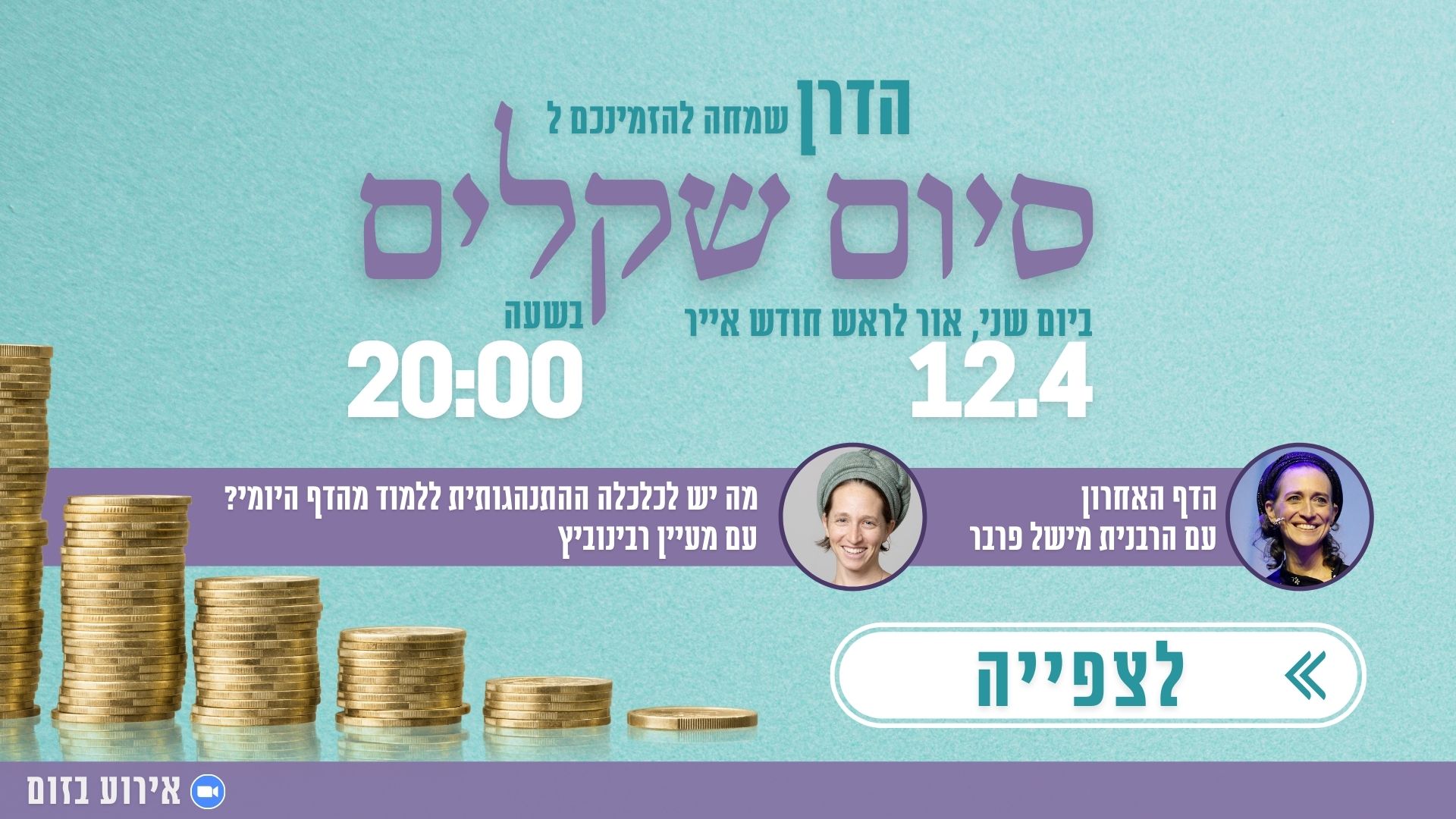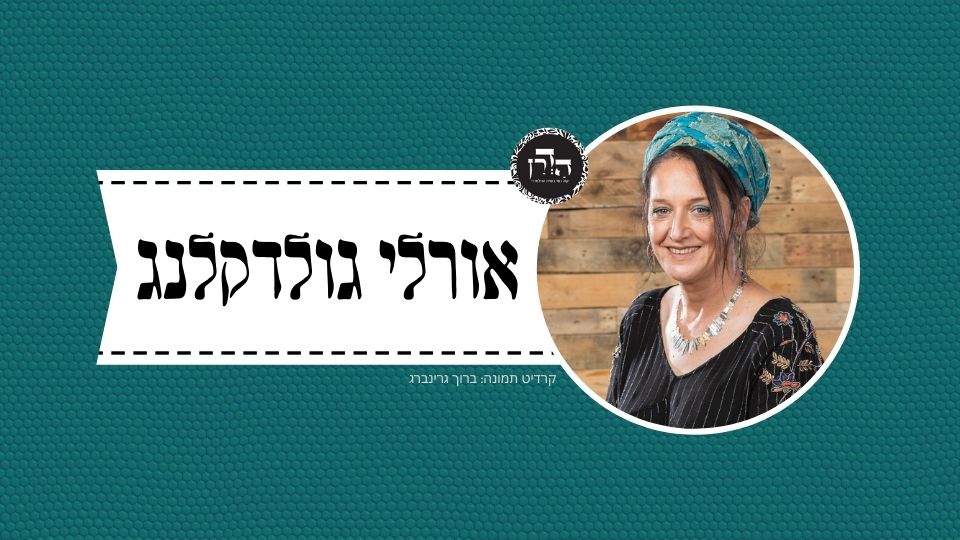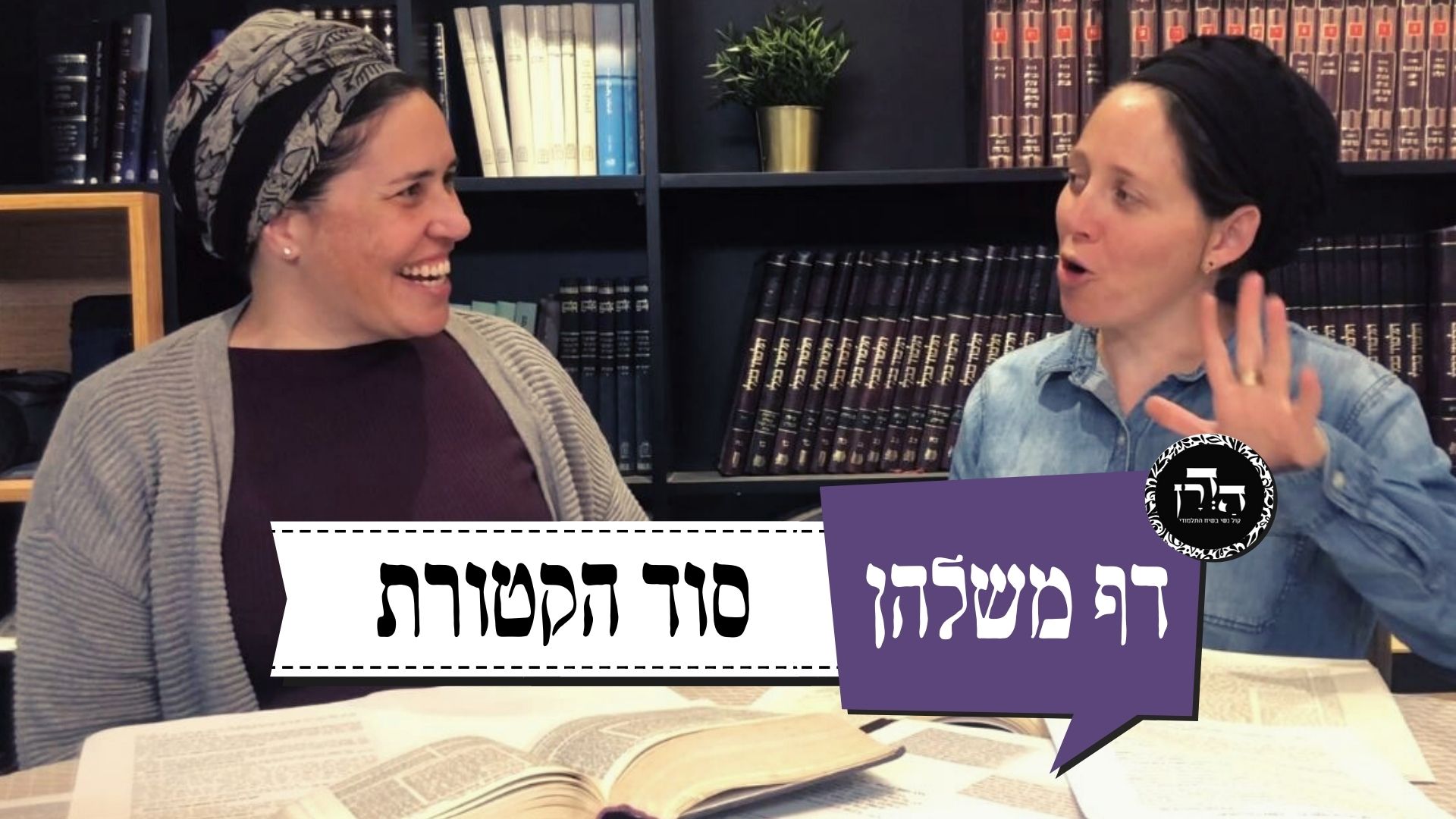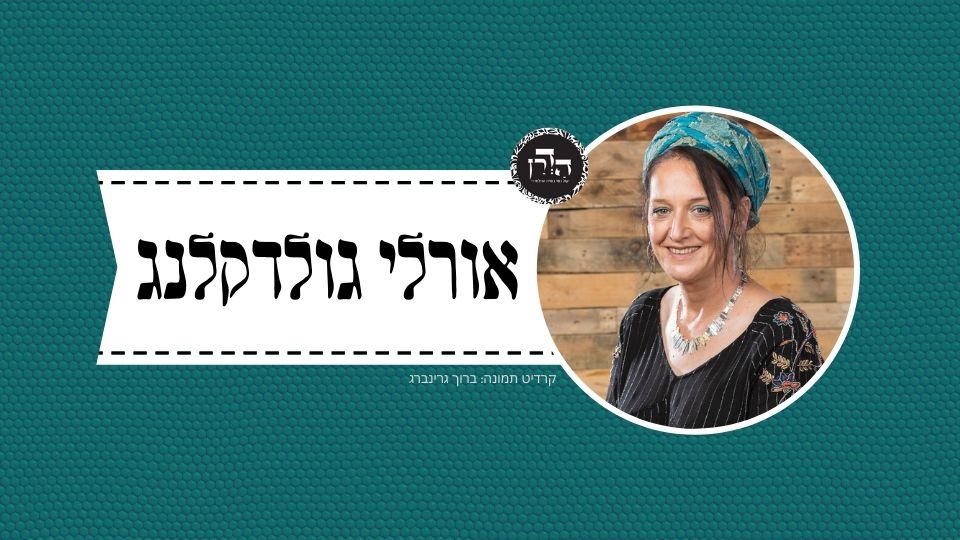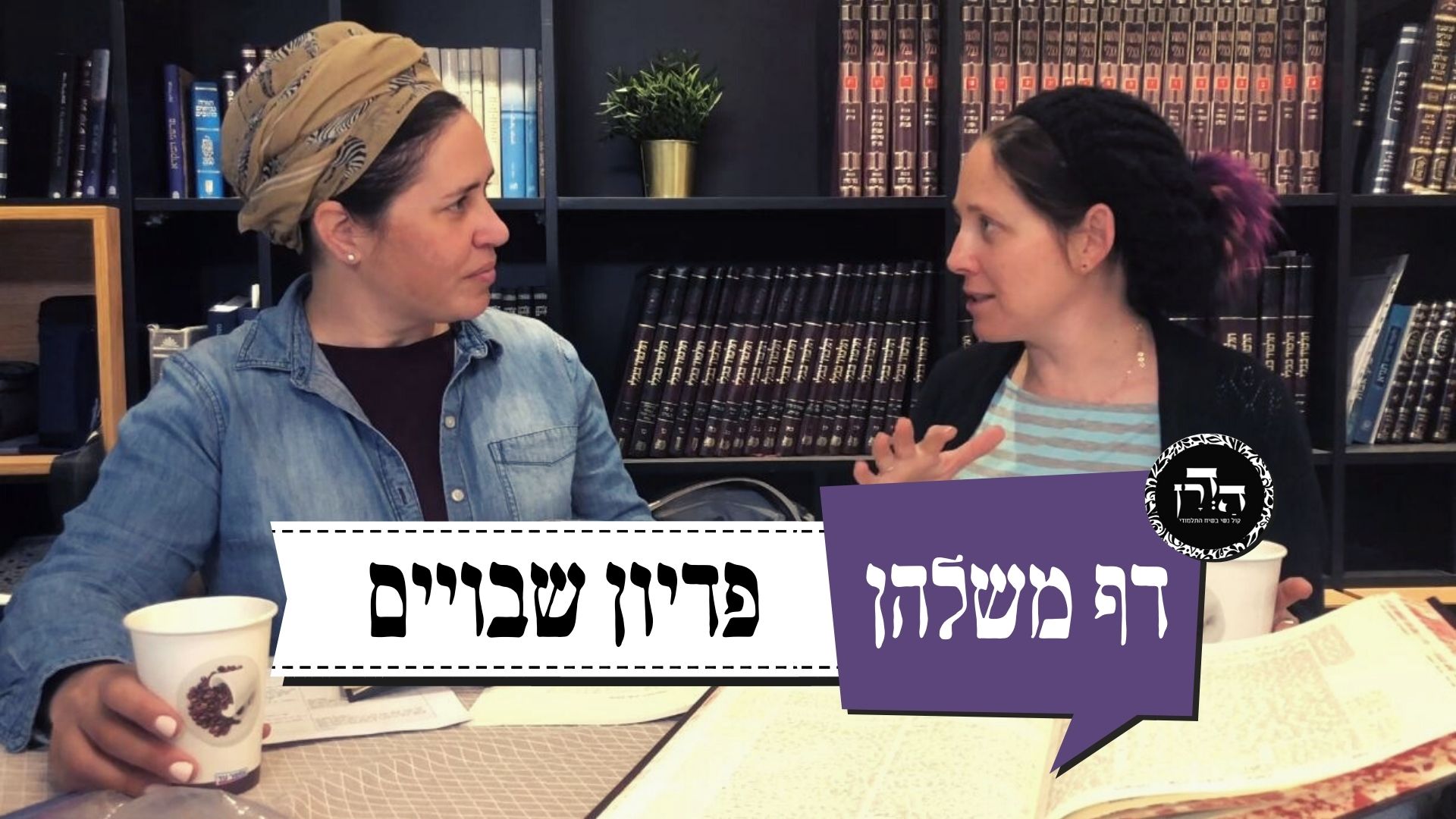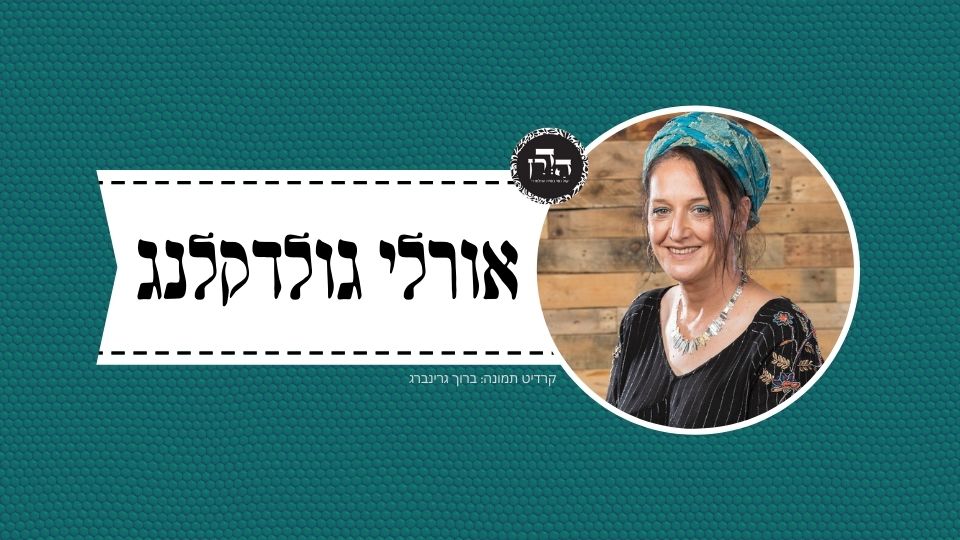שקלים ח
כָּל הָרֻקִּין הַנִּמְצָאִים בִּירוּשָׁלַיִם טְהוֹרִין, חוּץ מִשֶּׁל שׁוּק הָעֶלְיוֹן, דִּבְרֵי רַבִּי מֵאִיר. רַבִּי יוֹסֵי אוֹמֵר, בִּשְׁאָר יְמוֹת הַשָּׁנָה, שֶׁבָּאֶמְצַע טְמֵאִין וְשֶׁבַּצְּדָדִין טְהוֹרִין. וּבִשְׁעַת הָרֶגֶל, שֶׁבָּאֶמְצַע טְהוֹרִין וְשֶׁבַּצְּדָדִין טְמֵאִין, שֶׁמִּפְּנֵי שֶׁהֵן מֻעָטִין מִסְתַּלְּקִין לַצְּדָדִין:
The mishna discusses the ritual purity of items found either in the Temple or in Jerusalem and its environs, in continuation of the previous chapter’s discussion of found money, animals, or meat. All the spittle that is found in Jerusalem is ritually pure. Since neither ritually impure people nor gentiles were commonly present in Jerusalem, the Sages decreed an exception to the rule that spittle that is found is ritually impure since it presumably comes from one of those groups. This is the case except for spittle found in the upper marketplace, where gentiles and ritually impure Jews were likely to be present. This is the statement of Rabbi Meir. Rabbi Yosei says: On all the other days of the year, i.e., any day that is not on one of the three pilgrim Festivals, Passover, Shavuot, and Sukkot, spittle that is found in the middle of the street is ritually impure, and spittle that is found on the sides of the street is ritually pure. According to Rabbi Yosei, it was common for people who were ritually impure to be present in the streets of Jerusalem. They would be careful to walk in the middle of the street, while the ritually pure who wished to remain so would walk on the sides. Therefore, it is reasonable to presume that spittle found in the middle of the street is from one who is impure, while spittle found on the side of the street is from one who is pure. But during the time of the Festival, when most of the people in Jerusalem were there for the Festival and were ritually pure, the spittle found in the middle of the street was ritually pure, and that found on the sides of the street was ritually impure. The difference is due to the fact that at the time of the Festival, the ritually impure minority moves to the sides of the streets.
כָּל הַכֵּלִים הַנִּמְצָאִין בִּירוּשָׁלַיִם דֶּרֶךְ יְרִידָה לְבֵית הַטְבִילָה טְמֵאִין. דֶּרֶךְ עֲלִיָּה, טְהוֹרִין, שֶׁלֹּא כְּדֶרֶךְ יְרִידָתָן עֲלִיָּתָן, דִּבְרֵי רַבִּי מֵאִיר. רַבִּי יוֹסֵי אוֹמֵר, כֻּלָּן טְהוֹרִין, חוּץ מִן הַסַּל וְהַמַּגְרֵפָה וְהַמְּרִצָּה הַמְיֻחָדִין לַקְּבָרוֹת:
The mishna continues: All the vessels that are found in Jerusalem on the way down into the bathhouse, wherein one purifies vessels in a ritual bath, are ritually impure, and those that are found on the way up are ritually pure. The mishna explains: Their descent into the bathhouse is not by the same route as their ascent out of it, and it can be assumed that those found on the way down have not yet been immersed, while those found on the way up have been. This is the statement of Rabbi Meir. However, Rabbi Yosei says: They are all ritually pure, except for the basket, and the shovel, and the meritza, which are specifically used for graves, to gather up the bones of the dead. These tools must be presumed to be ritually impure, but in general, vessels are presumed to be pure.
סַכִּין שֶׁנִּמְצֵאת בְּאַרְבָּעָה עָשָׂר, שׁוֹחֵט בָּהּ מִיָּד. בִּשְׁלשָׁה עָשָׂר, שׁוֹנֶה וּמַטְבִּיל. וְקוֹפִיץ, בֵּין בָּזֶה וּבֵין בָּזֶה שׁוֹנֶה וּמַטְבִּיל. חָל אַרְבָּעָה עָשָׂר לִהְיוֹת בְּשַׁבָּת, שׁוֹחֵט בָּהּ מִיָּד. בַּחֲמִשָּׁה עָשָׂר, שׁוֹחֵט בָּהּ מִיָּד. נִמְצֵאת קְשׁוּרָה לְסַכִּין, הֲרֵי זוֹ כַּסַּכִּין:
The mishna continues with another ruling about ritual purity: One may slaughter immediately with a knife that was found on the fourteenth of Nisan, i.e., the day the Paschal lamb is slaughtered, and need not be concerned that it is ritually impure. Presumably it was immersed the day before so that it could be used to slaughter the Paschal offering. If he found it on the thirteenth of Nisan, he immerses it again. Perhaps its owners had not yet immersed it, since they still had time to do so before the evening. If one finds a cleaver [kofitz], which is used to slaughter an animal and break its bones, whether it was on this day, i.e., the fourteenth, or on that day, i.e., the thirteenth, he immerses it again out of doubt. Since breaking the bones of the Paschal lamb is prohibited, its owners would have no need for it on the fourteenth, and it cannot be presumed that it has already been immersed to make it ritually pure. However, if the fourteenth occurs on Shabbat, he may slaughter with the cleaver immediately. Since immersing a vessel is prohibited on Shabbat, and presumably the owner of the cleaver wants it to be ritually pure on the fifteenth, one can assume that he immersed it already on Friday, the thirteenth of Nisan. It is therefore ritually pure. If the cleaver was found on the fifteenth of Nisan, i.e., if it was found on the Festival itself, he may slaughter with it immediately. The owners of the cleaver would have immersed it so that they could use it on the fifteenth to cut up the bones of a Festival peace-offering. If the cleaver was found attached to a knife, it is like a knife, i.e., if it was found on the thirteenth of Nisan it is presumed impure, and if it was found on the fourteenth he may slaughter with it immediately, as it was certainly immersed on the day before.
פָּרֹכֶת שֶׁנִּטְמֵאת בִּוְלַד הַטֻמְאָה, מַטְבִּילִין אוֹתָהּ בִּפְנִים וּמַכְנִיסִין אוֹתָהּ מִיָּד. וְאֶת שֶׁנִּטְמֵאת בְּאַב הַטֻמְאָה, מַטְבִּילִין אוֹתָהּ בַּחוּץ וְשׁוֹטְחִין אוֹתָהּ בַּחֵיל. וְאִם הָיְתָה חֲדָשָׁה, שׁוֹטְחִין אוֹתָהּ עַל גַּג הָאִצְטַבָּא, כְּדֵי שֶׁיִּרְאוּ הָעָם אֶת מְלַאכְתָּהּ שֶׁהִיא נָאָה:
With regard to a curtain that became ritually impure from a secondary source of impurity, since its ritual impurity is by rabbinic law and not Torah law, there is no need to remove it from the Temple. Rather, it is immersed inside the Temple. And if it were removed to outside the courtyard in order to immerse it, it can be brought back into the courtyard immediately. Since it is ritually impure only by rabbinic law, there is no need to wait until sunset before returning it. But if it became impure from a primary source of impurity, e.g., it came into contact with the carcass of one of the eight creeping animals that confer impurity by Torah law, it is immersed outside the courtyard and is spread out to dry on the rampart. This is the low wall surrounding the Temple courtyard and the buildings within it, which has a lower level of holiness than the courtyard. The reason for this policy is because the sun needs to set on it. Immersion does not confer ritual purity on an item that became impure by Torah law until after the sun has set. And if this curtain were new, it is spread out to dry on top of the bench [itztabba], a prominent place on the Temple Mount, so that the people will see its craftsmanship and perceive its beauty.
רַבָּן שִׁמְעוֹן בֶּן גַּמְלִיאֵל אוֹמֵר מִשּׁוּם רַבִּי שִׁמְעוֹן בֶּן הַסְּגַן, פָּרֹכֶת עָבְיָהּ טֶפַח, וְעַל שִׁבְעִים וּשְׁתַּיִם נִימִין נֶאֱרֶגֶת, וְעַל כָּל נִימָא וְנִימָא עֶשְׂרִים וְאַרְבָּעָה חוּטִין. אָרְכָּהּ אַרְבָּעִים אַמָּה וְרָחְבָּהּ עֶשְׂרִים אַמָּה, וּמִשְּׁמוֹנִים וּשְׁתֵּי רִבּוֹא נַעֲשֵׂית. וּשְׁתַּיִם עוֹשִׂין בְּכָל שָׁנָה, וּשְׁלשׁ מֵאוֹת כֹּהֲנִים מַטְבִּילִין אוֹתָהּ:
The Gemara discusses the aforementioned curtain that separated the Holy of Holies from the Sanctuary. Rabban Shimon ben Gamliel says in the name of Rabbi Shimon the son of the deputy High Priest: The curtain has the thickness of a handbreadth, and it is woven from seventy-two strands of yarn. And each and every strand from those seventy-two is made from twenty-four threads. The curtain was made from four materials: Sky-blue wool, purple wool, scarlet wool, and fine linen, and a strand was made up of six threads of each type of material. And with regard to the dimensions of the curtain, its length was forty cubits, as the height of the ceiling of the Sanctuary; and its width was twenty cubits, to match the width of the entrance; and it was made from eighty-two ten-thousands, i.e., 820,000 golden dinar. And they used to make two new curtains every year. And the curtain was so heavy that they needed three hundred priests to carry it when they would immerse it.
בְּשַׂר קָדְשֵׁי קָדָשִׁים שֶׁנִּטְמָא, בֵּין בְּאַב הַטֻמְאָה, בֵּין בִּוְלַד הַטֻמְאָה, בֵּין בִּפְנִים, בֵּין בַּחוּץ, בֵּית שַׁמַּאי אוֹמְרִים, הַכֹּל יִשָּׂרֵף בִּפְנִים, חוּץ מִשֶּׁנִּטְמָא בְּאַב הַטֻמְאָה בַּחוּץ. וּבֵית הִלֵּל אוֹמְרִים, הַכֹּל יִשָּׂרֵף בַּחוּץ, חוּץ מִשֶּׁנִּטְמָא בִּוְלַד הַטֻמְאָה בִּפְנִים:
With regard to the flesh of offerings of the most sacred order that became impure, whether it became impure from a primary source of impurity or from a secondary source of impurity, whether it became impure inside the courtyard or outside, it must be burned. There is a dispute among the tanna’im with regard to where it is burned. Beit Shammai say: It all should be burned inside the Temple courtyard, except for that which became impure from a primary source of ritual impurity outside, as under such circumstances, it is not appropriate to bring it inside the Temple. Beit Hillel say: It all should be burned outside the Temple courtyard, except for that which became ritually impure by a secondary source of impurity inside. In such a case the flesh need not be removed from the courtyard and is burned there.
רַבִּי אֱלִיעֶזֶר אוֹמֵר, אֶת שֶׁנִּטְמָא בְּאַב הַטֻמְאָה, בֵּין בִּפְנִים בֵּין בַּחוּץ, יִשָּׂרֵף בַּחוּץ. וְאֶת שֶׁנִּטְמָא בִּוְלַד הַטֻמְאָה, בֵּין בִּפְנִים בֵּין בַּחוּץ, יִשָּׂרֵף בִּפְנִים. רַבִּי עֲקִיבָא אוֹמֵר, מְקוֹם טֻמְאָתוֹ שָׁם שְׂרֵפָתוֹ:
Rabbi Elazar says: Flesh from offerings of the most sacred order that became ritually impure from a primary source of ritual impurity, whether it became so inside the courtyard or outside, is burned outside. Since its ritual impurity is of the most stringent type, it is not to be brought into the courtyard, or allowed to remain there. However, an item that became ritually impure from a secondary source of ritual impurity, whether it became ritually impure outside or inside, is burned inside. Since its ritual impurity is of a lenient type, it can be brought into the courtyard in order to be burned. Rabbi Akiva says: The place of its impurity is where its burning should occur. Therefore, regardless of whether the source is primary or secondary, such flesh is burned wherever it presently is.
אֵבָרֵי הַתָּמִיד, נִתָּנִין מֵחֲצִי כֶּבֶשׁ וּלְמַטָה בַּמִּזְרָח, וְשֶׁל מוּסָפִין נִתָּנִין מֵחֲצִי כֶּבֶשׁ וּלְמַטָה בַּמַּעֲרָב, וְשֶׁל רָאשֵׁי חֳדָשִׁים נִתָּנִין מִתַּחַת כַּרְכֹּב הַמִּזְבֵּחַ מִלְּמָטָה, הַשְּׁקָלִים וְהַבִּכּוּרִים אֵין נוֹהֲגִין אֶלָּא בִּפְנֵי הַבַּיִת, אֲבָל מַעְשַׂר דָּגָן וּמַעְשַׂר בְּהֵמָה וְהַבְּכוֹרוֹת נוֹהֲגִין בֵּין בִּפְנֵי הַבַּיִת בֵּין שֶׁלֹּא בִּפְנֵי הַבַּיִת. הַמַּקְדִּישׁ שְׁקָלִים וּבִכּוּרִים, הֲרֵי זֶה קֹדֶשׁ. רַבִּי שִׁמְעוֹן אוֹמֵר, הָאוֹמֵר בִּכּוּרִים קֹדֶשׁ, אֵינָן קֹדֶשׁ:
The limbs of the daily offering were not placed directly on the altar fire. Instead, after cutting up the offering, its limbs were placed first on the ramp of the altar, from the halfway point and below, on the lower sixteen cubits of the ramp, on its western side. Limbs of the additional offerings of the Shabbat and Festivals were placed on the ramp from the halfway point and below on its eastern side. Additional New Moon offerings were placed on top of the upper part of the edge [karkov] of the altar. Another law: The obligation to give half-shekels each year and to offer the first fruits is practiced only in the presence of the Temple,as fulfillment of these mitzvot is only possible then. But the mitzvot of produce tithes and grain tithes and of animal tithes and of the sanctified firstborn animals are practiced whether one is in the presence of the Temple, or one is not in the presence of the Temple. Although animal tithes and firstborn cannot be sacrificed without a Temple, once they develop a blemish, they may be eaten by their owners. If, in the present time when there is no Temple, one consecrates shekels for the mitzva of the half-shekel or fruits for the mitzva of first fruits, they are consecrated, and it is prohibited to derive benefit from them. Rabbi Shimon says: One who declared first fruits to be consecrated, in the present time, does not give them that status and they are not consecrated.

